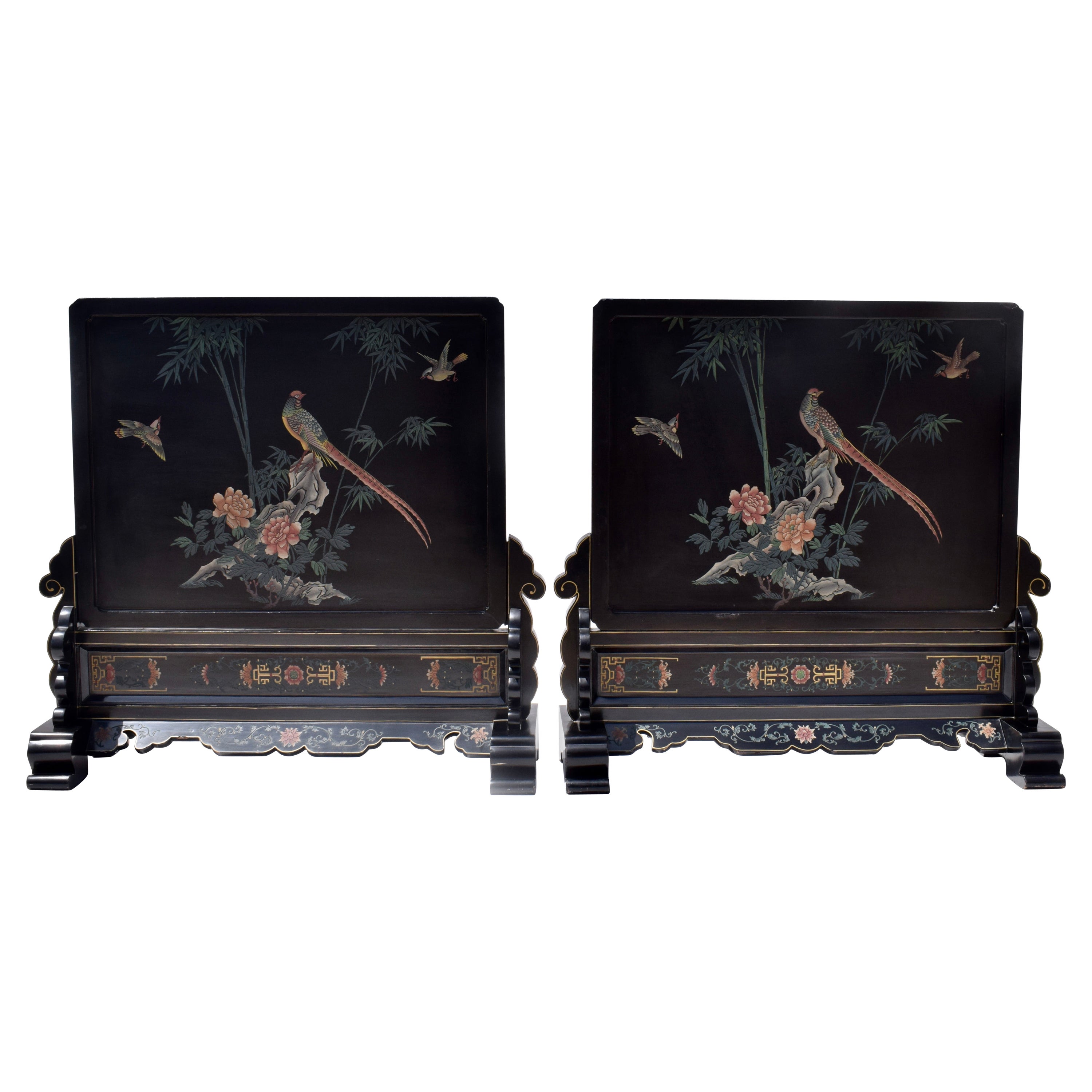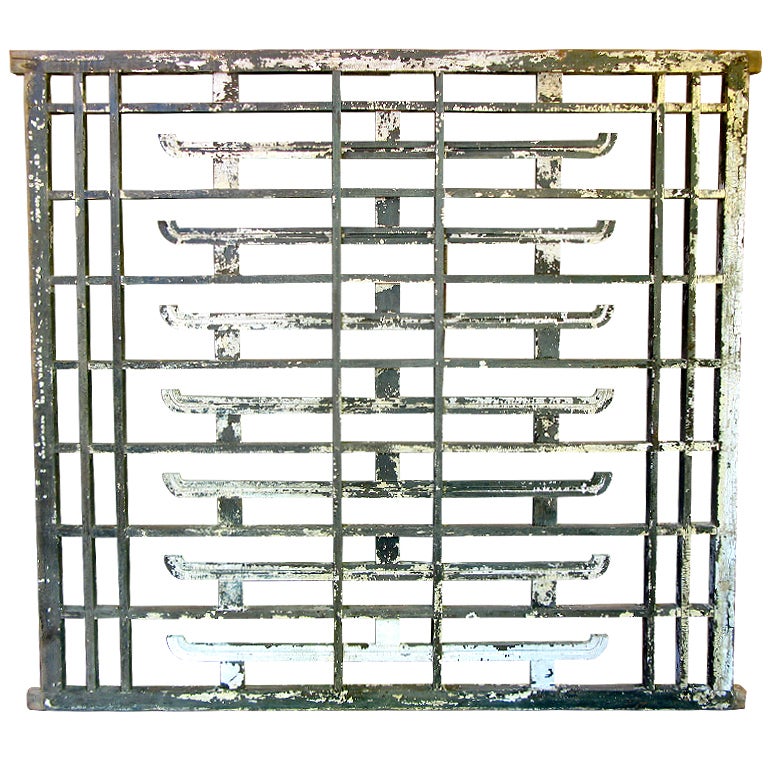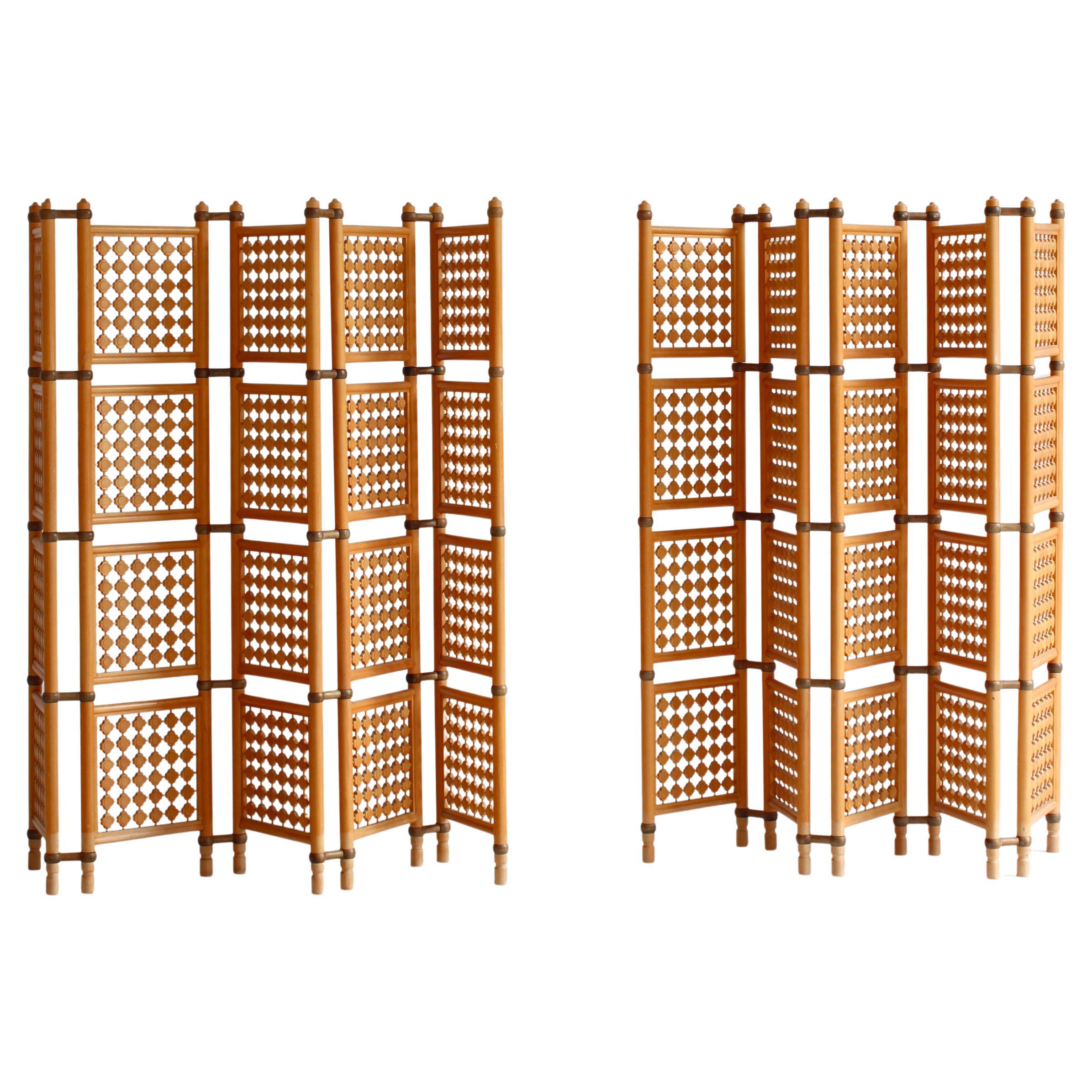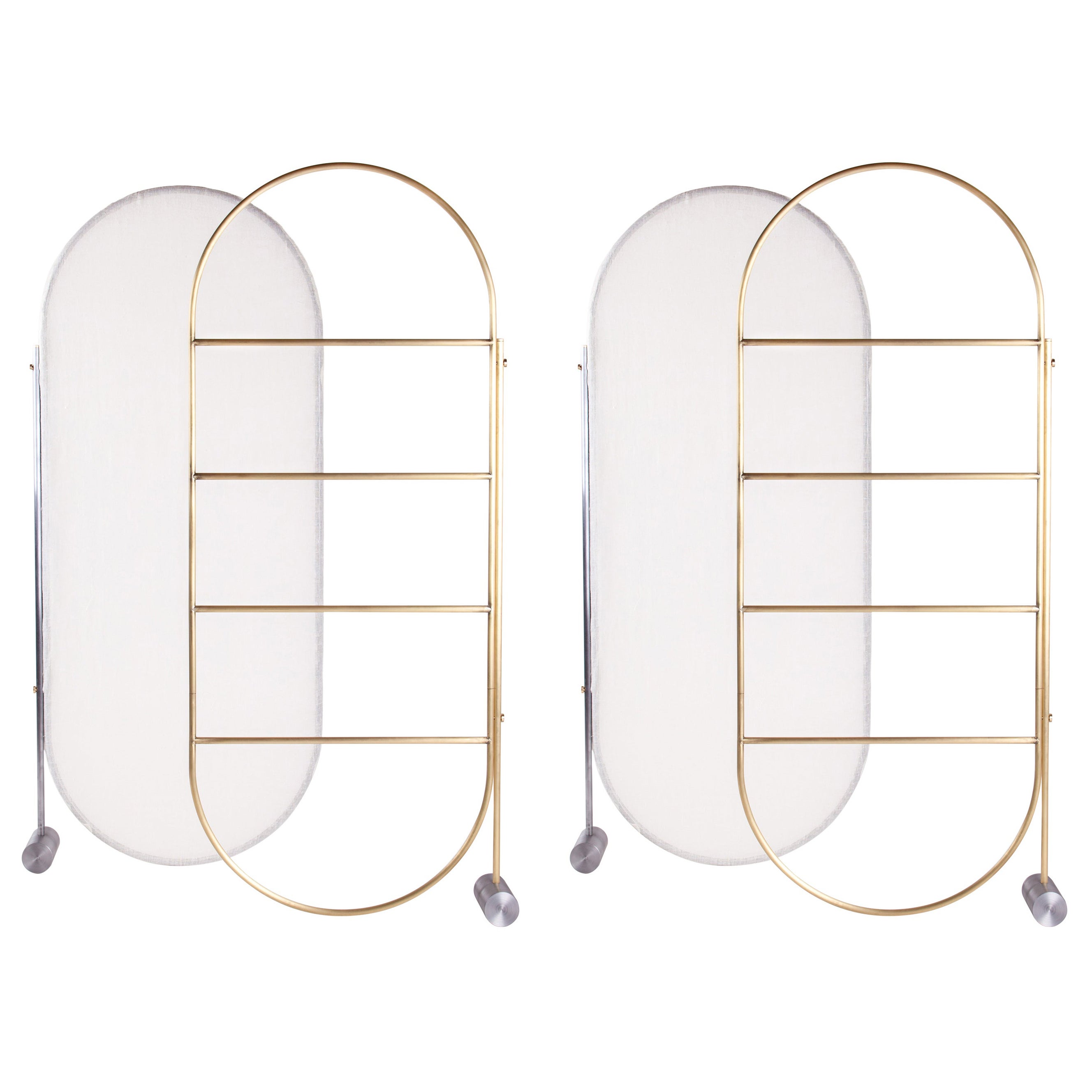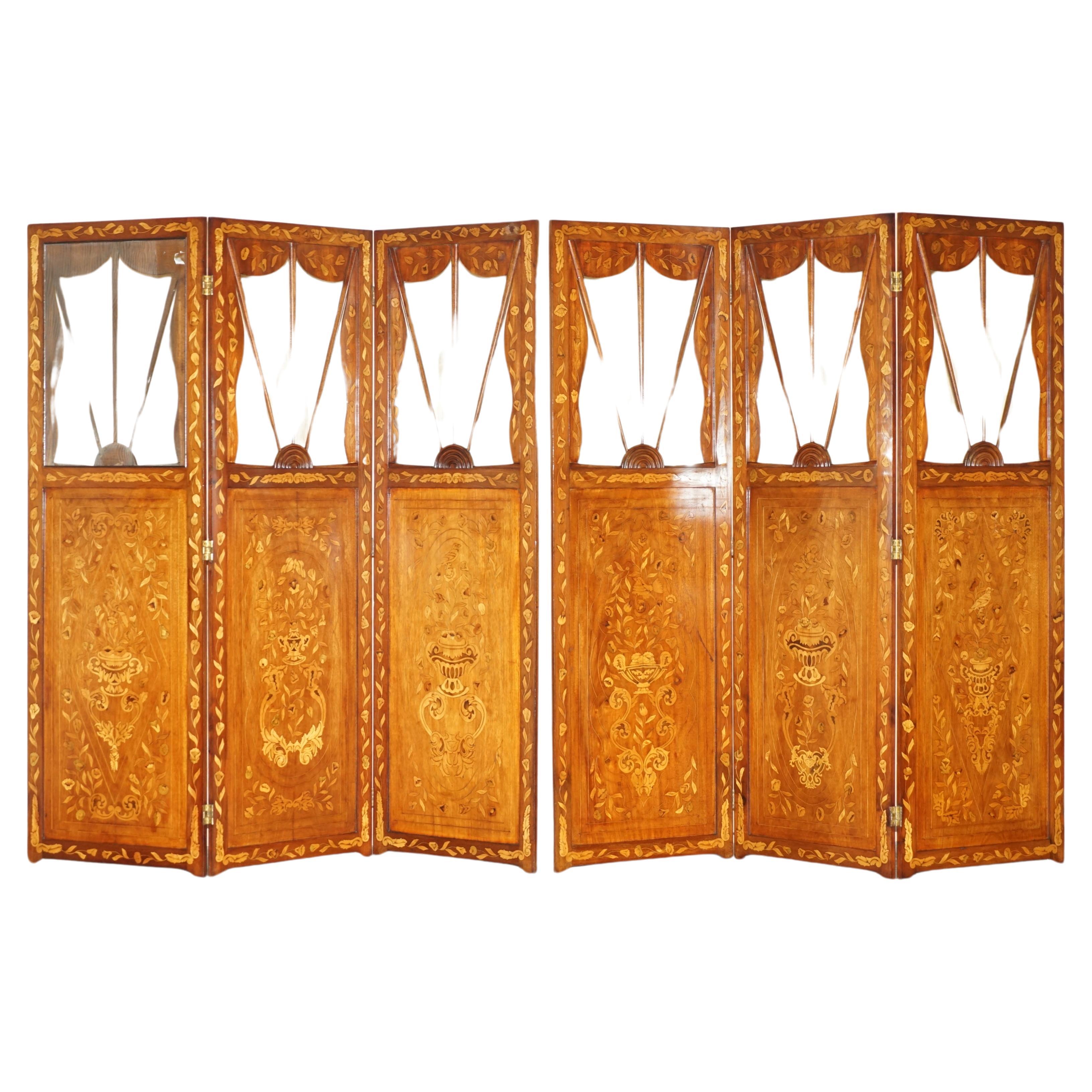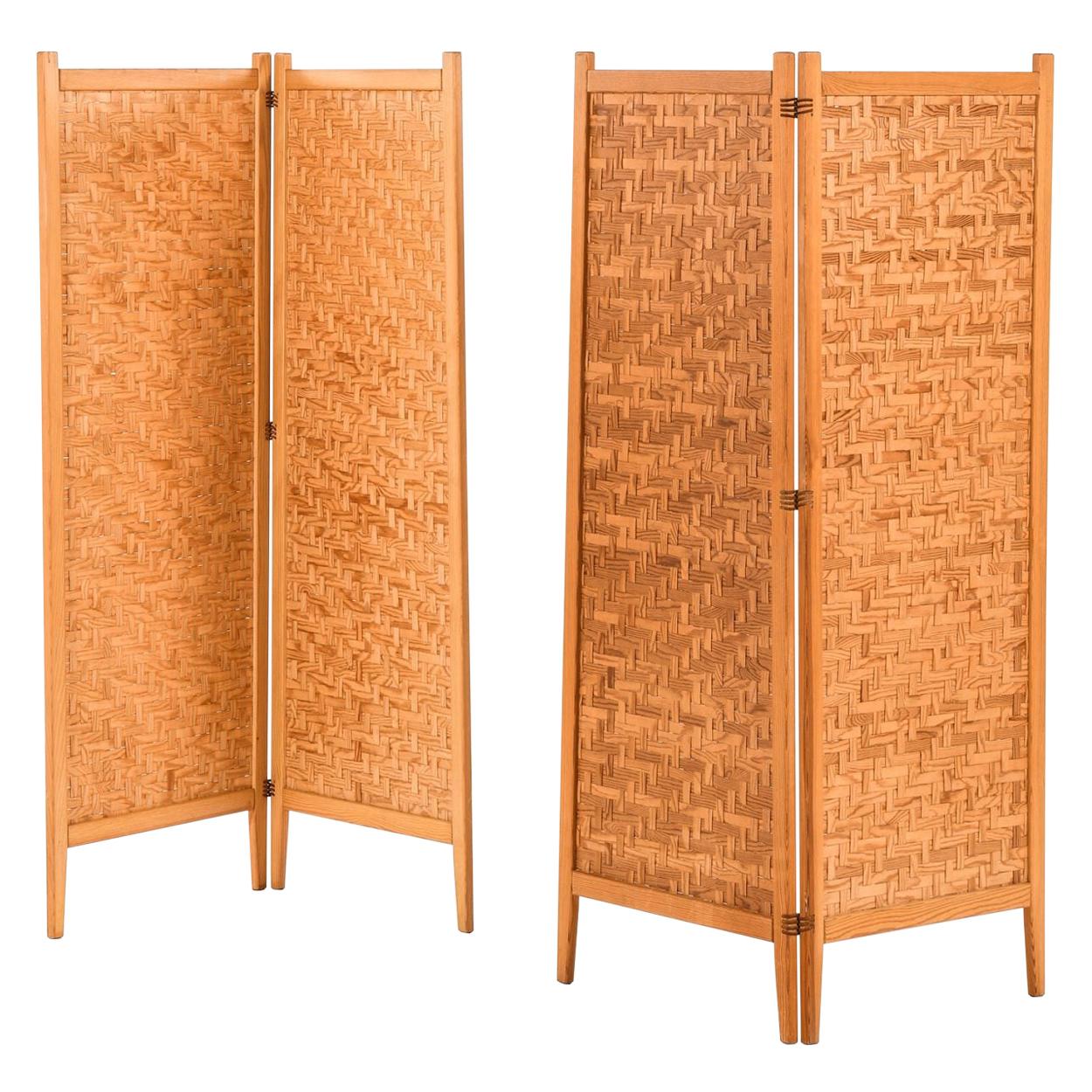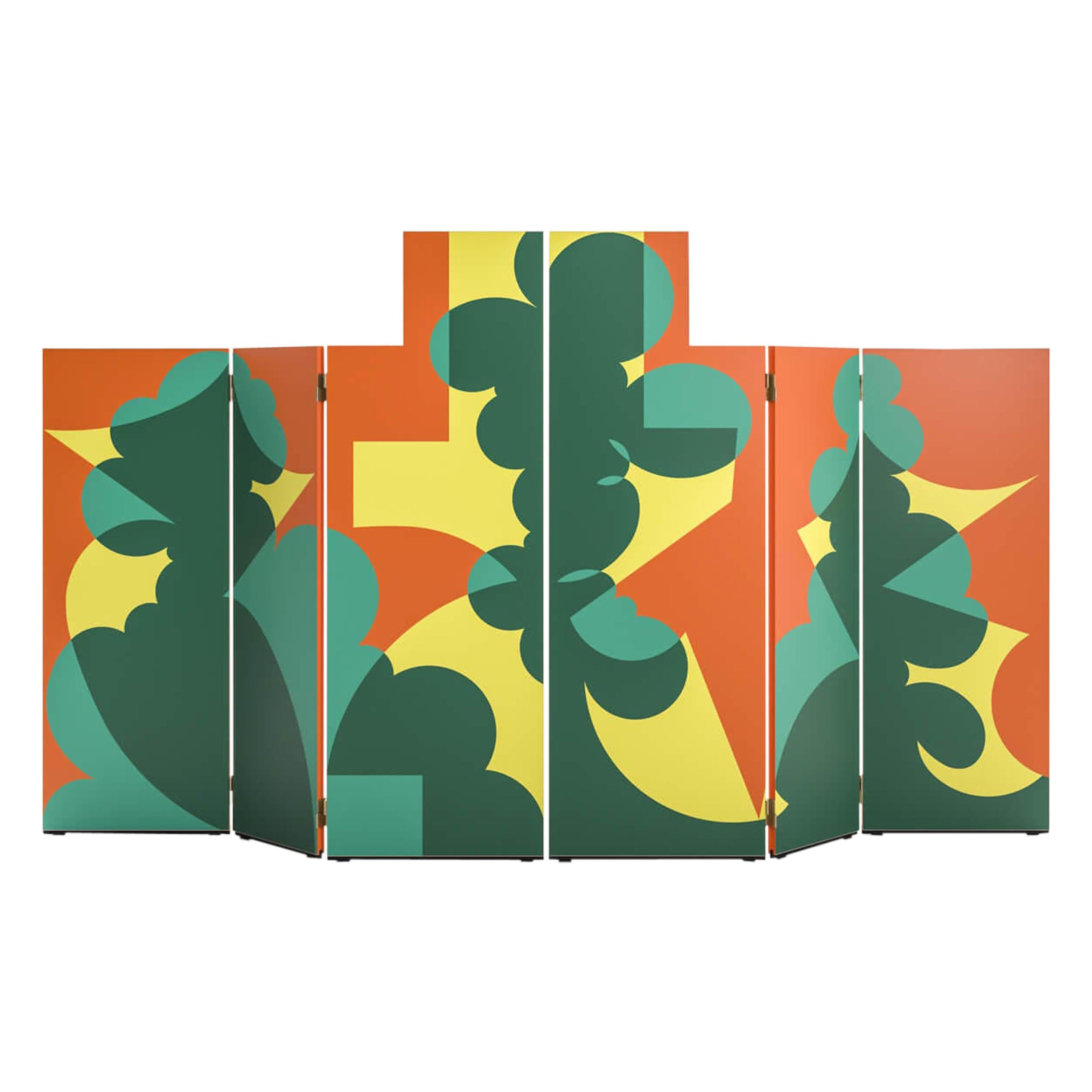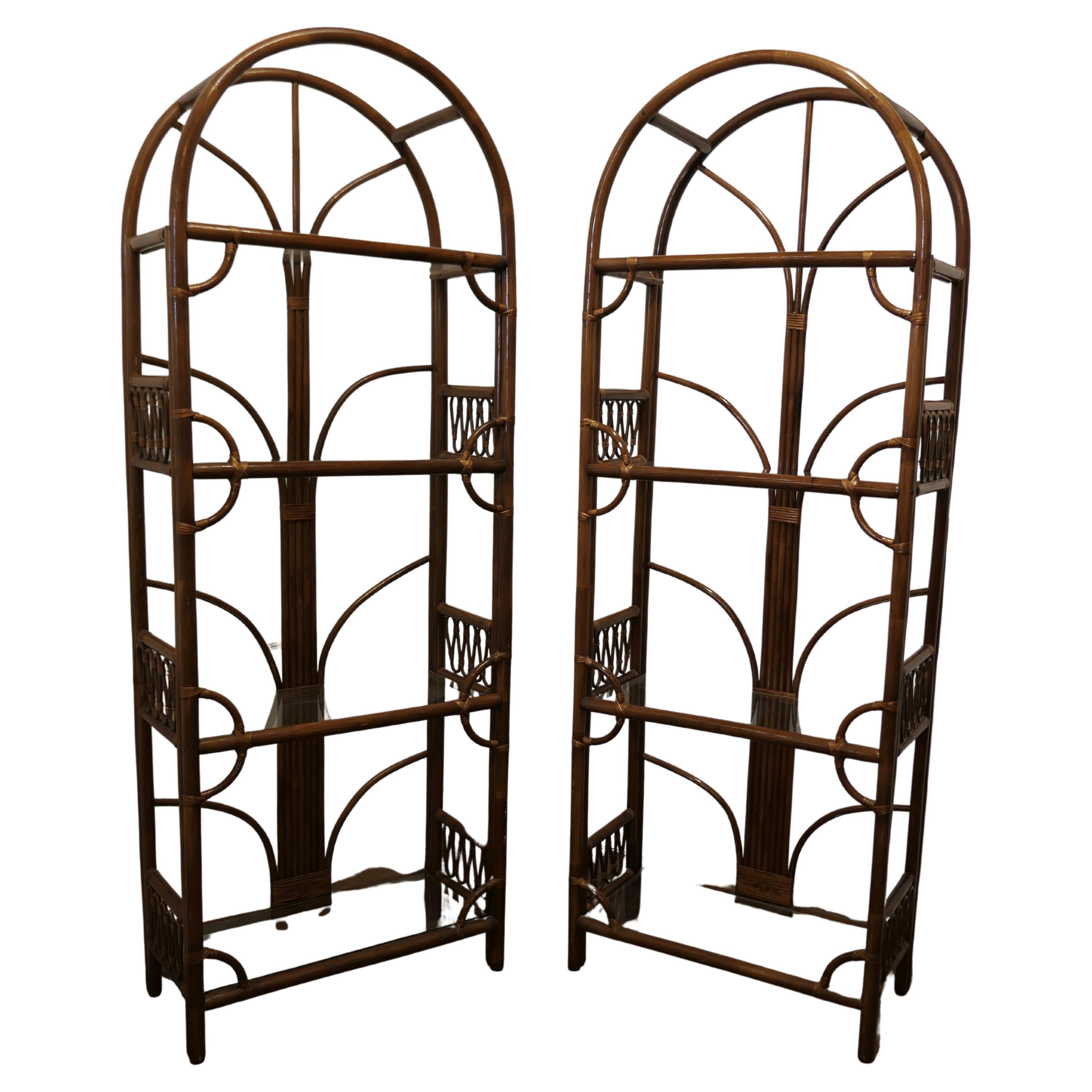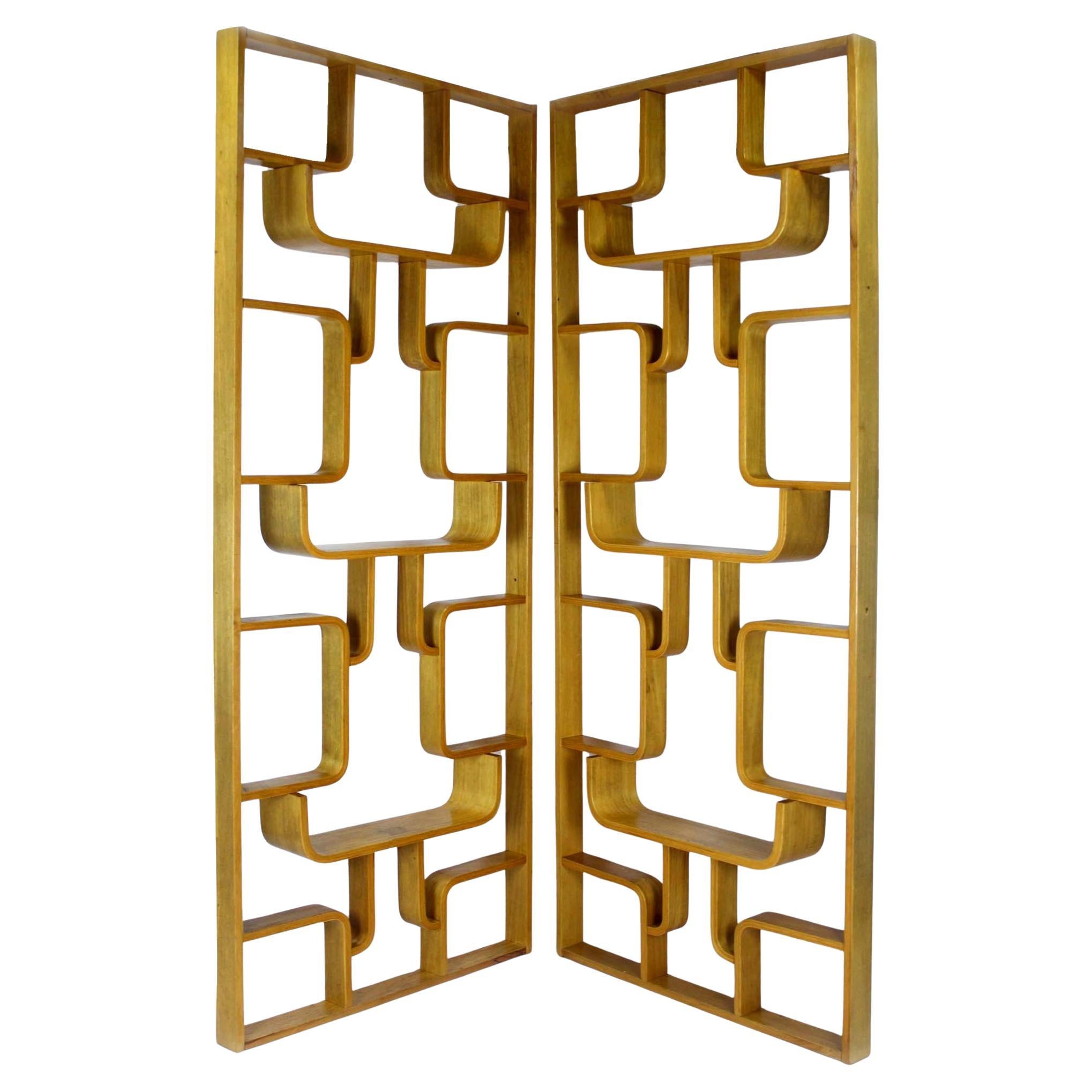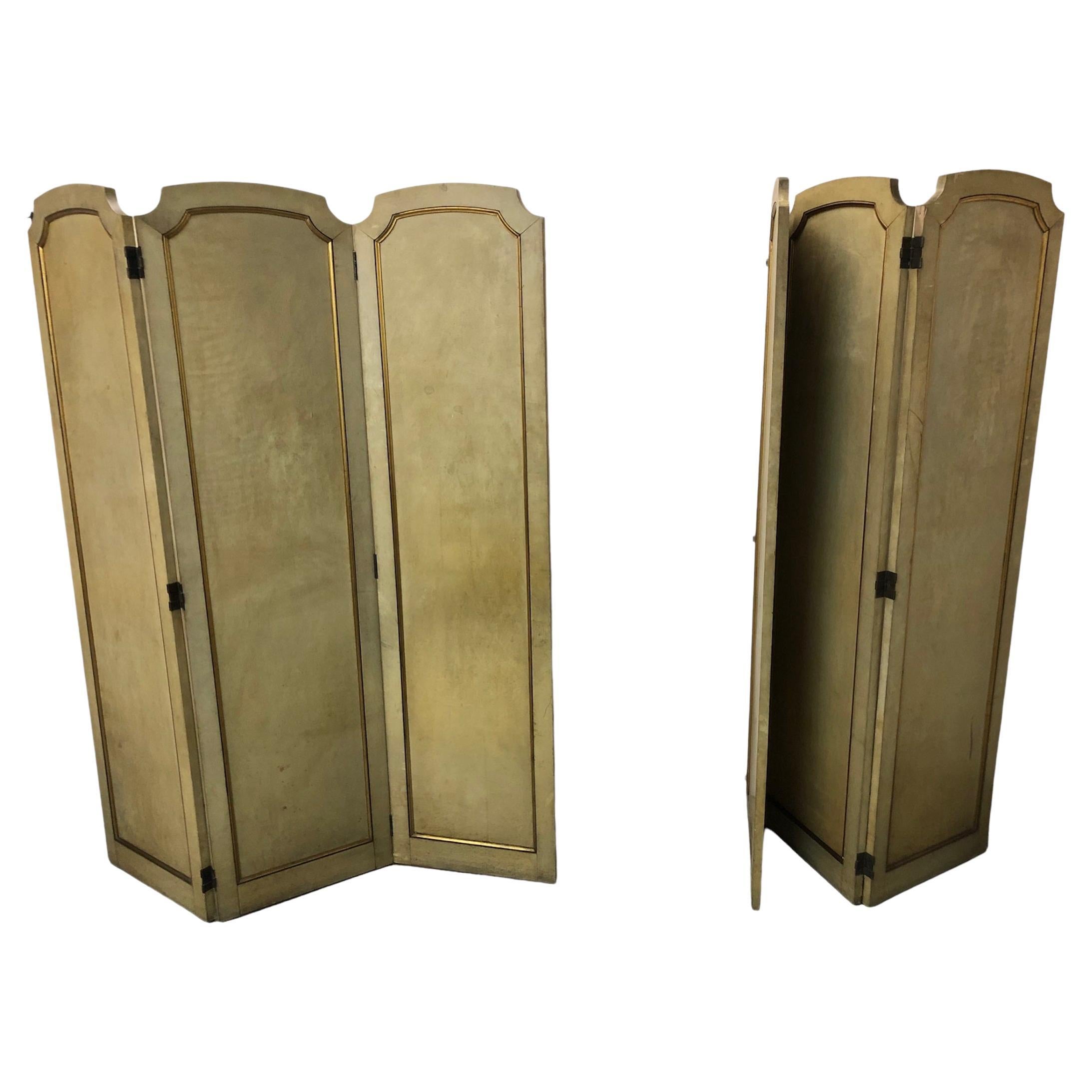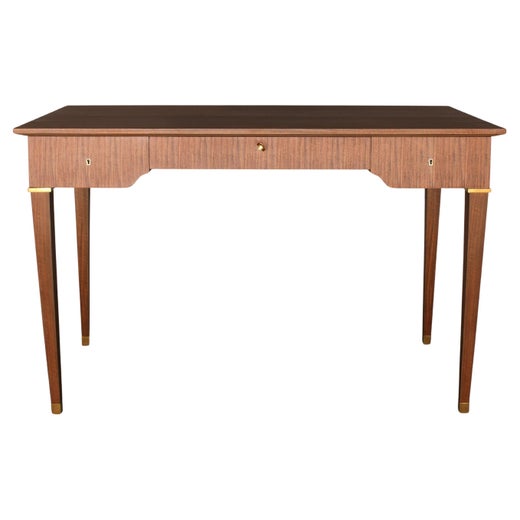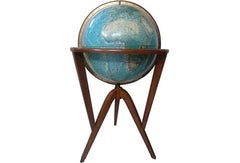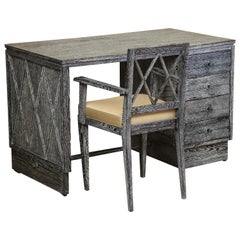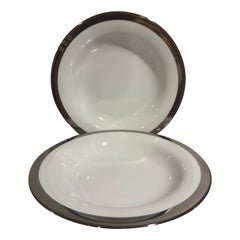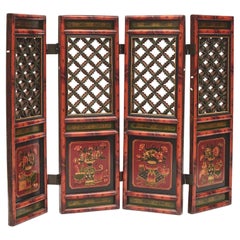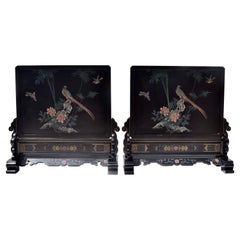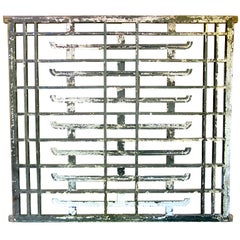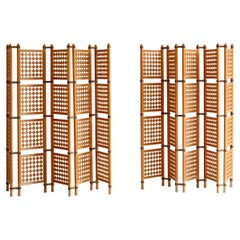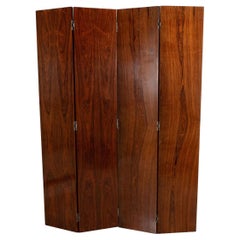
Jules Leleu Rosewood Screens / Room Dividers from Alan Moss - Set of 4
View Similar Items
Jules Leleu Rosewood Screens / Room Dividers from Alan Moss - Set of 4
About the Item
- Creator:Jules Leleu (Designer)
- Dimensions:Height: 70.75 in (179.71 cm)Width: 52 in (132.08 cm)Depth: 1.5 in (3.81 cm)
- Sold As:Set of 4
- Style:Art Deco (Of the Period)
- Materials and Techniques:
- Period:
- Date of Manufacture:1930
- Condition:Wear consistent with age and use. Minor fading. Light wear. One panel on one side has minor fading due to sunlight exposure.
- Seller Location:New York, NY
- Reference Number:1stDibs: LU788733161542
Jules Leleu
A designer and ensemblier, Jules Leleu was one of the key authors of the Art Deco movement. While he did not win the fame of such contemporaries as Émile-Jacques Ruhlmann and Jean-Michel Frank, Leleu had a longer career and was easily their peer in the conception of trim, refined furniture forms and in the use of the opulent materials — from lacquer and ivory to sharkskin and exotic woods — that were a keynote of haute Art Deco design.
Leleu was born into a family of artisans and decorators. Their firm, Maison Leleu, had existed since the 18th century and Jules would guide it through much of the 20th. (The business lasted until 1973, headed at the end by Jules's children.) He studied architecture, served as an aviator in World War I, and after the conflict took up design full-time.
Leleu presented work at the 1925 exposition in Paris that gave us the term Art Deco, and the Metropolitan Museum of Art in New York purchased a burl amboyna wood commode by Leleu directly from the show.
As the desks, dining tables and other furniture on 1stDibs show, Leleu was a stickler for precision craft and preferred to let his materials do the talking — his furniture is generally spare and sleek; its presence is established by figuring (or patterning/graining) in the wood and the occasional marquetry medallion. He had a keen eye for currents in design and an adaptable sensibility.
Maison Leleu would embrace many of the starker forms of modernism after the 1940s, as well as new materials such as artificial lacquer and plastics (then considered cutting-edge rather than cheap). Jules Leleu is a guiding light of 20th-century modernism: a man whose work represents both a devotion to traditional handiwork and an appreciation for the next wave in design.
Find Jules Leleu tables, sideboards, dining chairs and other furniture on 1stDibs.
More From This Seller
View AllVintage 1950s American Mid-Century Modern Globes
Metal
Vintage 1950s American Mid-Century Modern Globes
Vintage 1930s Art Deco Desks and Writing Tables
Wood, Oak
1990s Sri Lankan Art Deco Dinner Plates
Porcelain
Vintage 1970s American Crystal Serveware
Crystal
Vintage 1950s American Mid-Century Modern End Tables
Wood, Mahogany
You May Also Like
Antique Late 19th Century Chinese Qing Screens and Room Dividers
Elm
20th Century Chinese Chinoiserie Screens and Room Dividers
Wood
20th Century Unknown Screens and Room Dividers
Oak
Vintage 1940s Scandinavian Scandinavian Modern Screens and Room Dividers
Beech
2010s Italian Post-Modern Screens and Room Dividers
Brass, Iron
Antique 19th Century Belgian Victorian Screens and Room Dividers
Hardwood, Walnut

